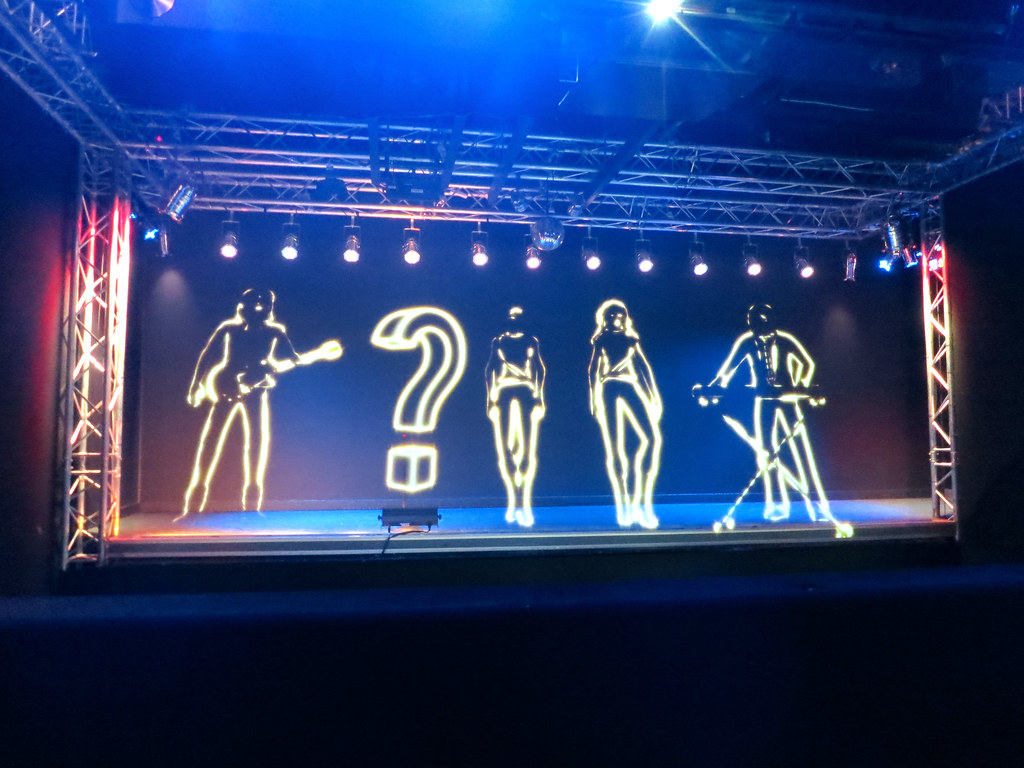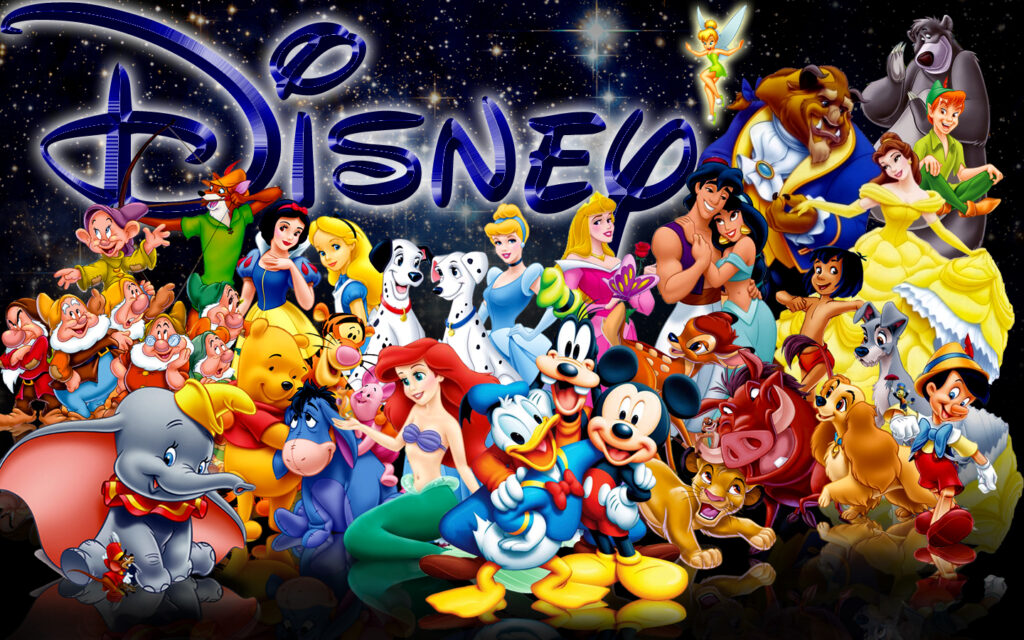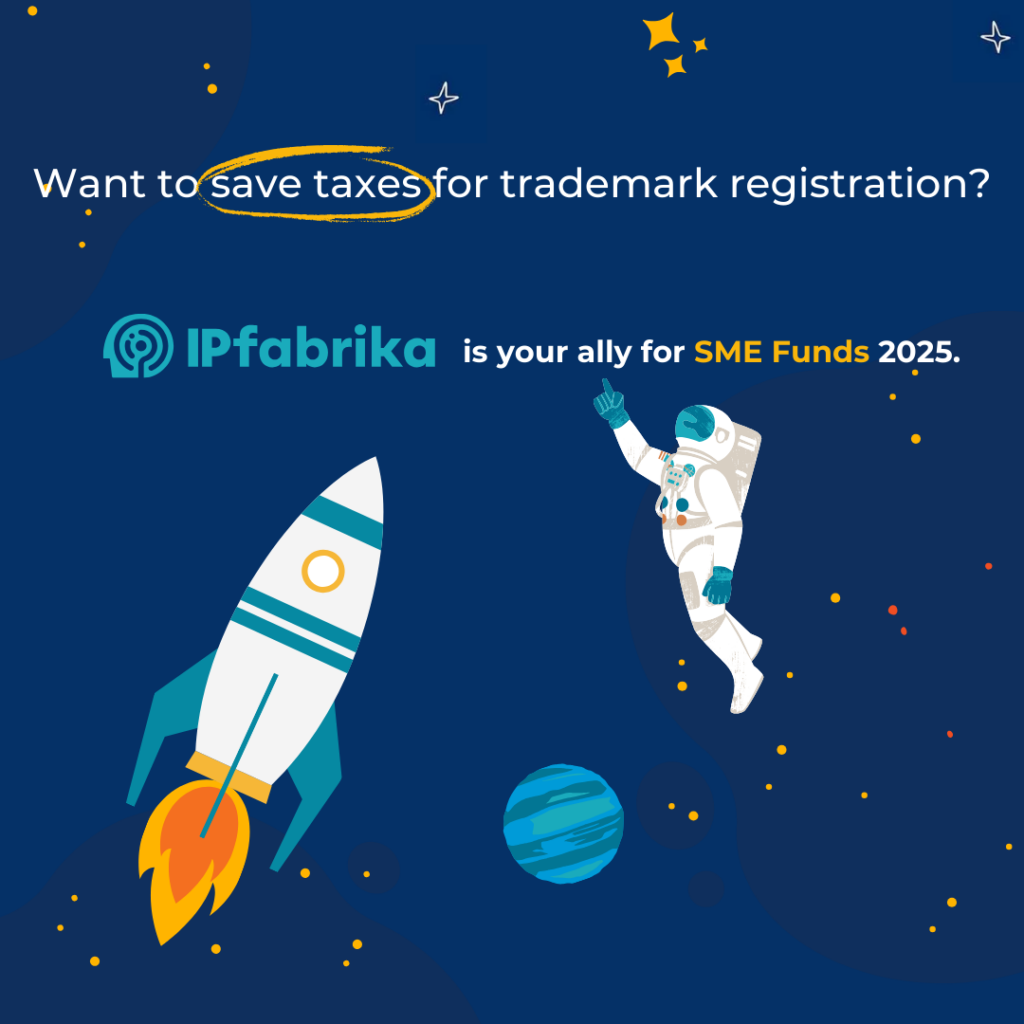In 2022, the world-famous group ABBA announced that from 2022 to 2025, they would go on tour. In the context of technological evolution and the intervention of artificial intelligence in creativity, this event is not just an ordinary concert but a virtual show featuring digitized avatars of the band. To create their digital selves, also called ‘ABBAtars,’ the band members wore motion capture suits for five weeks while 160 cameras scanned their body movements and facial expressions. The innovative technology used allows ABBAtars to take concertgoers back in time, presenting the band exactly as they were in the 1970s.
Following their example, the rock group KISS sold its catalog, trademark, and intellectual property for over $300 million before retiring. However, a new concert awaits us in 2027. But not with KISS themselves—rather, with their avatars. What kind of legal framework governs this when it comes to intellectual property, given the scant AI regulations so far?

The creation and use of such avatars involve a range of intellectual property rights: trademarks, designs, and even copyright. Avatars are not real images (though they resemble them) but fictional ones, similar to imaginary characters from movies and games. For example, the Super Mario avatar from the popular video game is registered as a figurative trademark, the game graphics are registered as an industrial design, and the concept and its implementation are subject to copyright. Under EU law, marks representing characteristic movements can also be registered (such as the “ritual” dances of football players like Cristiano Ronaldo after scoring a goal), so even in terms of their typical gestures, holograms like the ABBAtars are secured.
At this stage, the regulatory framework could manage to protect avatars and holograms by applying principles from different branches of intellectual property:
- Avatar creation technologies are subject to copyright, and if they are innovative enough in terms of novelty, inventive step, and industrial applicability, they can also be patented (or at least registered as utility models).
- The assignment of rights to performers is governed by copyright rules, analogous to the creation of song recordings and albums (imagine playing a gramophone record, but from it, not only sound but also an image emerges).
- The typical appearance of avatars and holograms, being new and original, can fall within the scope of industrial design protection.
- Characteristic movements (such as dances, ways of saying words, typical looks, etc.) can be considered trademarks.
- The brand that creates such avatars and holograms should be protected as a trademark and registered in Class 9 of the Nice Classification, covering goods such as apparatus and instruments for scientific or research purposes, audiovisual and information technology equipment, etc. This way, it can be protected from infringement of rights on objects “branded” with the brand.
As technology advances and increasingly shapes our lives, more challenges may arise, leaving the door de lege ferenda wide open to the era of Web 4.0*. Still, from the use of landlines to the creation of holograms via smartphones, only three decades have passed—woefully insufficient to establish permanence in the regulatory framework, especially when the objects it regulates possess the quality of “blitz progress.”
*Technological evolution of the 21st century is unofficially tracked according to the Web scale. Following it, we can witness the complexity of intellectual property regulation. Simply put, imagine the basic Windows XP interface, telephones with antennas, and fax machines—this epitomizes Web 1.0. The next step, 2.0, appeared with the advent of social networks in the early 21st century (e.g., MySpace, Skype, YouTube) and the demand for smart technologies. Thus, wider accessibility was ensured due to the spread of the Internet. After its establishment as an essential part of daily life, we lived in the era of Web 3.0—a massive database, increasingly complex queries, and more accessible information in terms of sharing and connecting. As they say—everything is one click away, even Web 4.0. However, surfing there, we will venture into the ocean of virtual reality, and there is a danger of drowning if events continue to outpace the normative reflection of reality.
We shared our thesis on the current regulation of some aspects of Web 4.0, and practice will show the rest.





